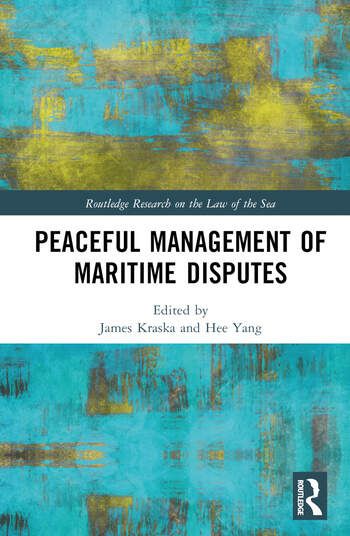
International law concerning maritime boundary dispute resolution reflects normative aspirations for peacefully managing some of the most intractable challenges in foreign affairs. Focusing on key international law issues relating to maritime boundary disputes, this book explores how international law and legal institutions facilitate these goals theoretically and practically. This process includes a balance of equities among states grounded in the Charter of the United Nations and the protection of sovereignty, territorial integrity, and political independence of Member States, while avoiding threats to the peace, breaches of the peace, and acts of aggression. The UN Charter is complemented by the rules in customary law and UNCLOS for evaluating maritime claims and addressing disputes, including conciliation, litigation, and arbitration.
Despite the comprehensive nature of these procedures, numerous maritime disputes persist, including those in the East China Sea and South China Sea. As the disputes continue, however, general international law and the UNCLOS framework captures additional norms and rules that may act to reduce tension and manage disputes. As States shift closer to or farther from compliance on maritime claims and delimitation, the rules of behavior that pertain to flag States and coastal States may help to maintain the peace.
This volume offers a distributed study in the factors affecting maritime disputes, international law frameworks and diplomatic models for addressing them, and legal, security, and historical dynamics in East Asia. The book goes beyond the existing debate to offer suitable methods for managing contemporary disputes and makes a meaningful impact on thinking about regional maritime security and international maritime law.